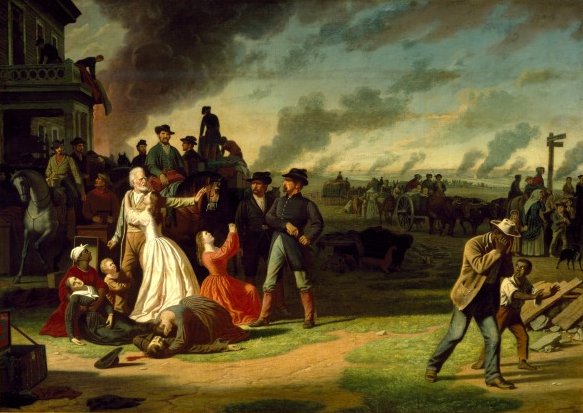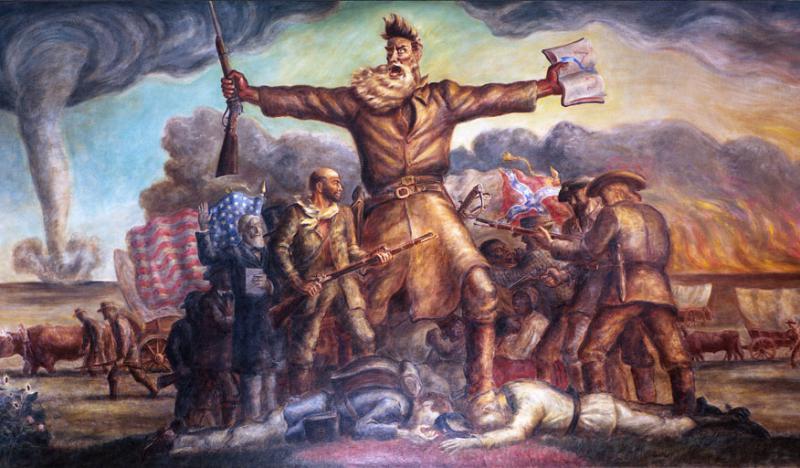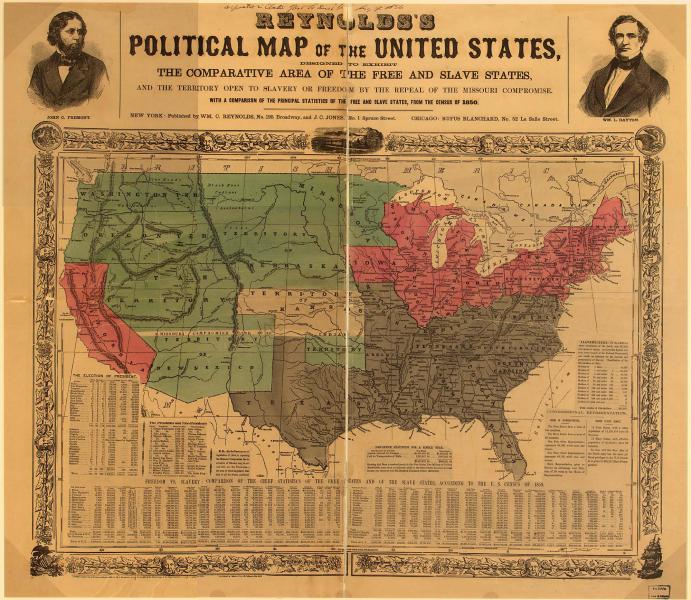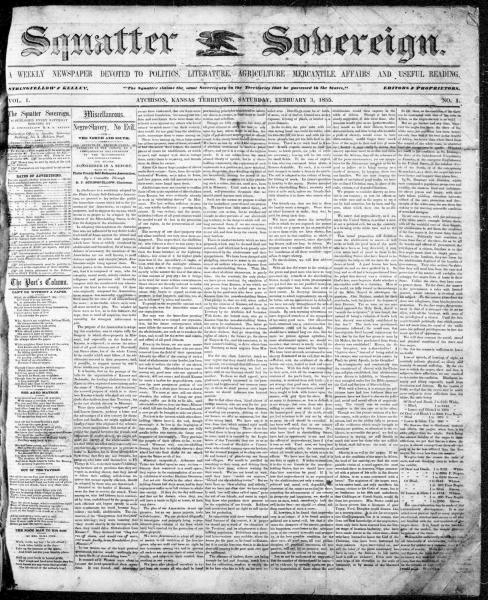These instructional plans help educators utilize the primary sources and innovative features of the Civil War on the Western Border website in their classrooms, stimulating interest and understanding of the Civil War era in Missouri and Kansas. Each activity allows students to explore the Civil War through the use of documentary evidence and hone their skills in research, reading comprehension, and analysis. The plans have been aligned with both Missouri and Kansas history content standards.
See our comprehensive list of Recommended Primary Source documents by subject »
The Dominion System and Loyalty Oaths in Missouri |
|
 |
This lesson plan introduces students to the strict conditions that many Missourians lived under after the establishment of the dominion system during the Civil War. Students will be exposed to a secondary interpretation of the events and actions that defined public life during the war and investigate a series of primary documents written by people who lived through this volatile and dangerous period of American history. Students will make decisions about issues concerning privacy and military authority that continue to impact the public lives of citizens living today. Their positions will be presented to their classmates through group discussion and through individual written essay responses. Grade level: 8-12 |
General Order No. 11 and Bingham’s "Martial Law" |
|
 |
This lesson introduces students to General Order No. 11, to the conditions along the Missouri-Kansas border that set the stage for it, and to the ways it impacted the lives of civilians trying to survive during the war years. Students will also be introduced to George Caleb Bingham’s artistic depiction of the effects of General Order No. 11, as well as how works of art can be interpreted differently in the creation of history. Grade level: 8-12 |
John Brown and Bleeding Kansas |
|
 |
This lesson plan introduces students to the politically charged and often violent events that characterized the time prior to the Civil War and to the actions of the radical abolitionist John Brown. Students will be exposed to a secondary interpretation of the era that links the consequences of its events to the national debate over slavery and secession taking place in the 1850s and investigate two primary sources representative of conflicting viewpoints of the day’s events. Students will make decisions about the necessity of violent acts to bring about social change and express their opinions through a letter writing exercise. Grade level: 8-12 |
The Kansas-Nebraska Act and the Road to the Civil War |
|
 |
Using primary and secondary source documents, students will compare and contrast proslavery and antislavery sentiments relating to the Kansas-Nebraska Act; summarize the economic and political concerns and fears that settlers in Kansas and residents of Missouri experienced due to the Kansas-Nebraska Act; identify migration patterns of settlers into Kansas during the 1850s; analyze events that sparked violence and actions taken toward securing peace in Kansas; and list events and figures related to the events of the Bleeding Kansas period. Grade level: 8-12 |
Territorial Newspapers and Bleeding Kansas |
|
 |
This lesson plan introduces students to the issues and ideas that divided Americans along sectional lines prior to the outbreak of the Civil War. Students will investigate a variety of events that impacted people living in the Missouri-Kansas border region and compile their own yearly territorial newspaper editions. Students will learn how bias affects primary sources and how historians must take this into account when attempting to make sense of the past. Lastly students will make decisions concerning the significance of the events they investigate and support their position with a written response. Grade level: 8-12 |
William Quantrill – Document-Based Questions Activity |
|
 |
This activity introduces students to the issues and ideas that defined the actions and deeds of one of the Civil War era’s most notorious figures. Students will gain an understanding of how regular Americans living in the mid-1800s responded to and made sense of the pro- and antislavery factions struggling for the future of the nation by assessing events through the lens of Quantrill’s experiences. Students will additionally gain an understanding of the thoughts and motivations that led hundreds of young men to leave their homes and families in order to wage a guerilla war against Union forces. Grade level: 8-12 |

